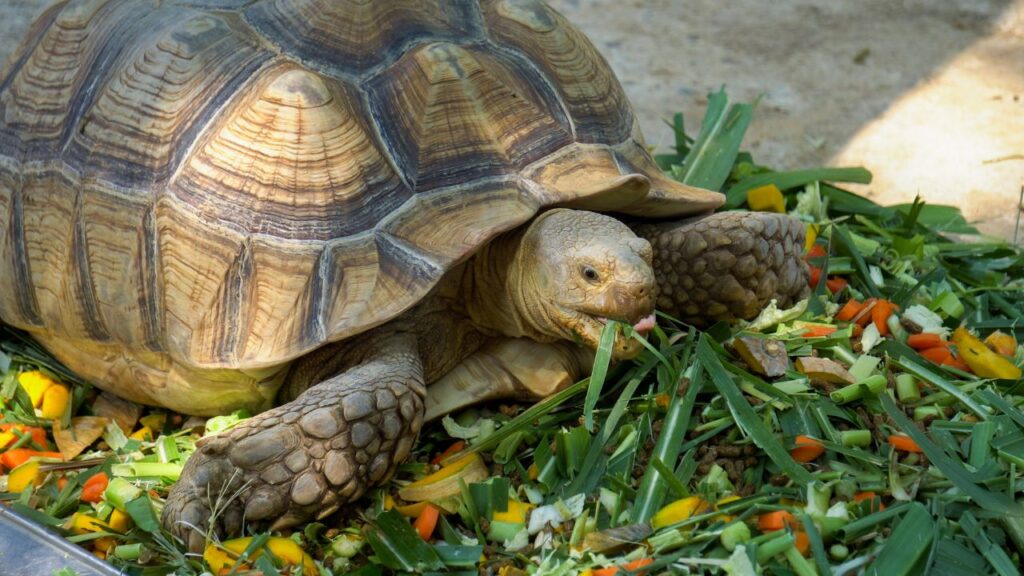Insects may be small, but they pack a mighty punch when it comes to strength. These tiny creatures can lift, pull, and push objects many times their own body weight, putting even the strongest human athletes to shame. From ants carrying massive loads to beetles moving mountains (well, almost), the insect world is full of jaw-dropping displays of power. Get ready to be amazed as we explore ten of the most impressive feats of strength performed by our six-legged friends.
Hercules Beetle’s Mighty Lift
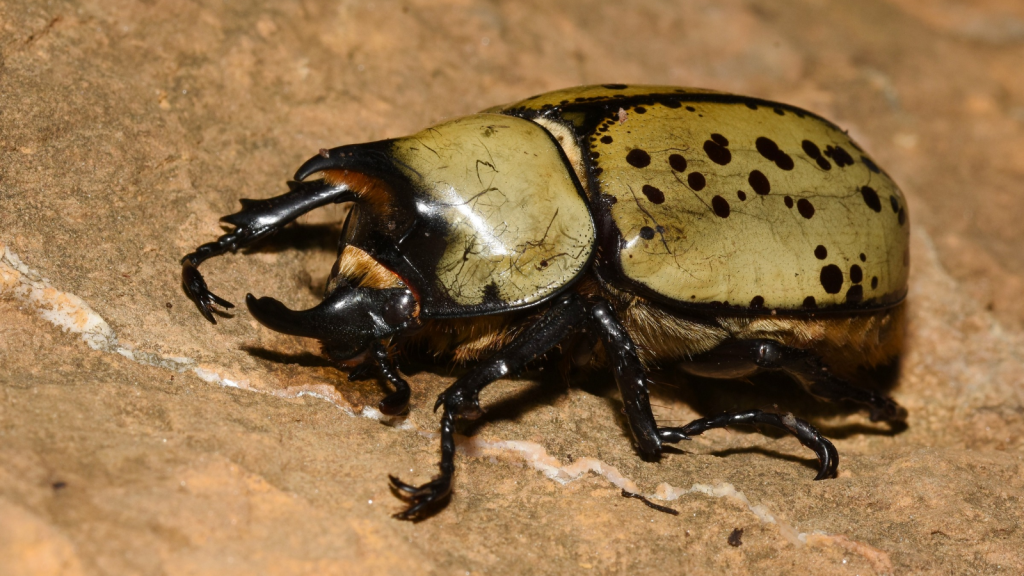
The Hercules beetle is a true titan of the insect world. This impressive creature can lift up to 850 times its own body weight, which is like a human lifting a jumbo jet! Found in the rainforests of South America, these beetles use their incredible strength to fight for mates and dig through rotting wood in search of food. The male Hercules beetle’s distinctive horn, which can grow up to two-thirds the length of its body, plays a crucial role in these strength-based competitions.
Leafcutter Ant’s Herculean Haul
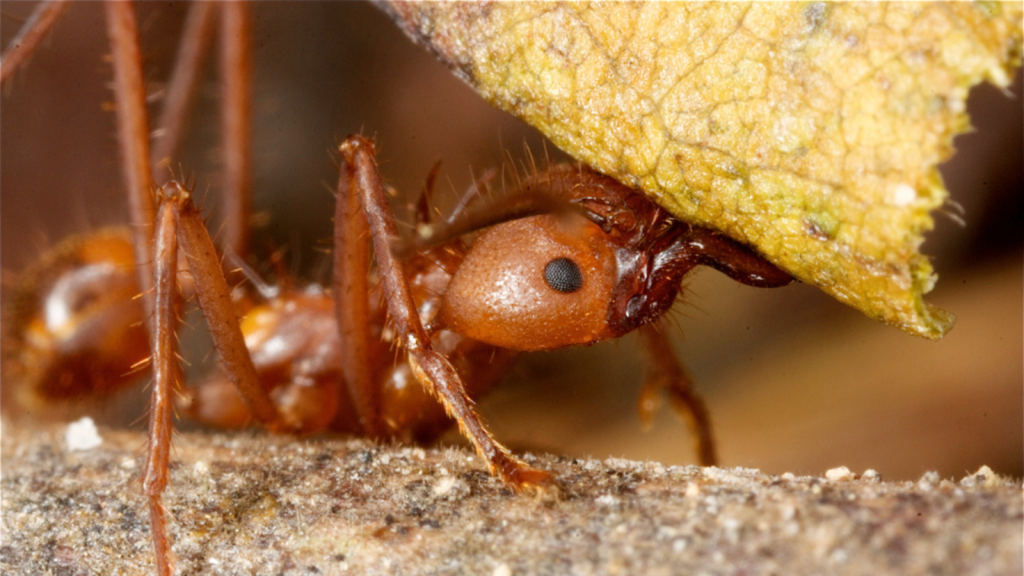
Leafcutter ants are nature’s tiny lumberjacks. These industrious insects can carry pieces of leaf up to 50 times their own body weight. To put that into perspective, it’s like a person lugging a small car on their back! These ants work together in massive colonies, using their strength to harvest leaves for their fungus gardens. Interestingly, the smallest workers in the colony often carry the largest leaf fragments, showcasing the incredible strength-to-size ratio of these tiny powerhouses.
Dung Beetle’s Impressive Push
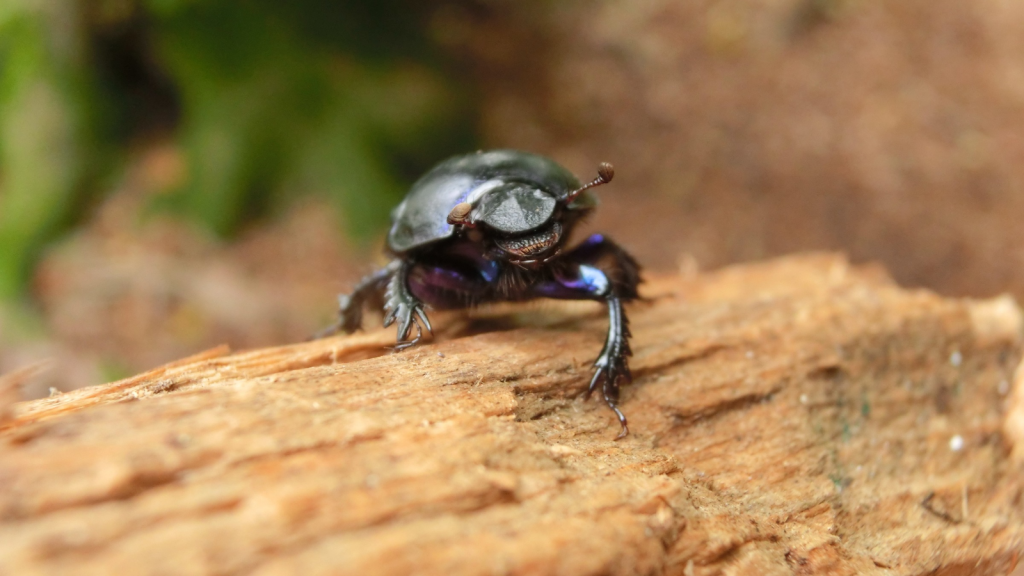
Dung beetles are the unsung heroes of the insect world. These determined little creatures can push balls of dung weighing up to 1,141 times their own body weight. That’s like a person moving six double-decker buses! Dung beetles use this incredible strength to roll balls of poo back to their burrows, where they lay their eggs. This seemingly unglamorous job is vital for ecosystems, as dung beetles help to recycle nutrients and improve soil quality.
Rhinoceros Beetle’s Powerful Pull
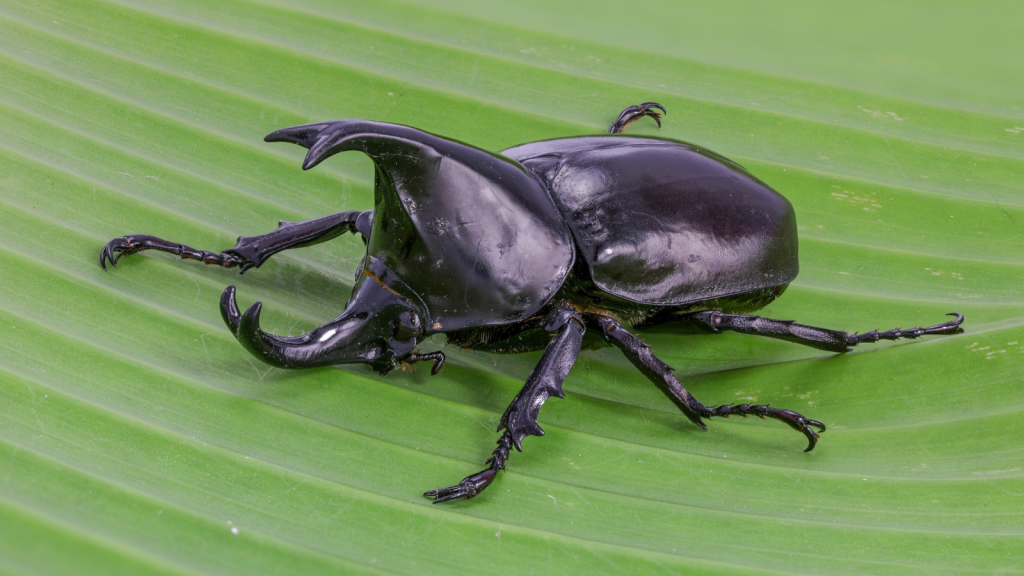
The rhinoceros beetle is a true powerhouse. These insects can pull up to 30 times their own body weight, which is equivalent to a human pulling a fully loaded lorry. Male rhinoceros beetles use their impressive horns and strength to fight for mates, often lifting and flipping their rivals in impressive displays of power. These battles can last for several minutes, with the victorious beetle earning the right to mate with nearby females.
Horned Dung Beetle’s Record-Breaking Feat
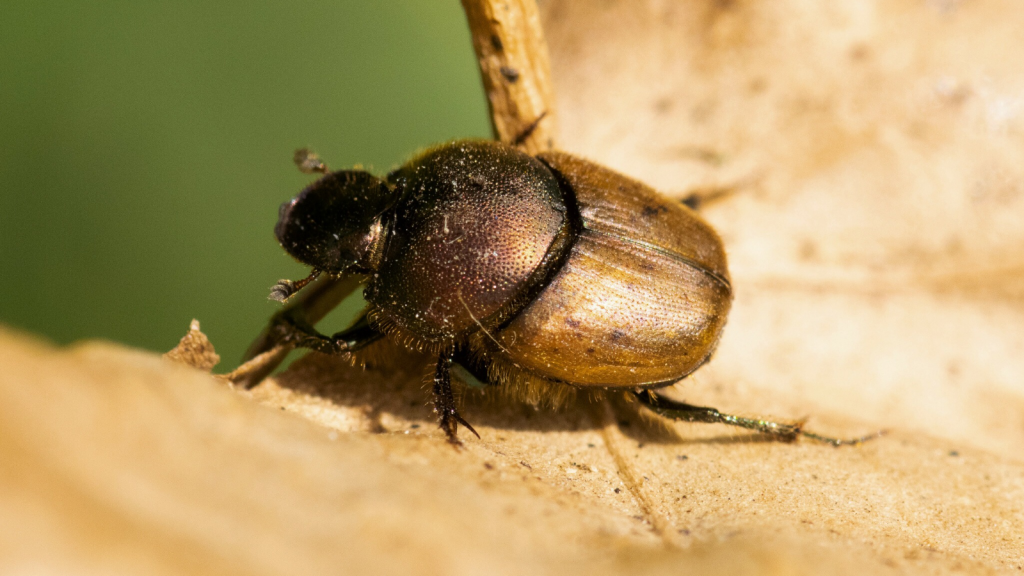
The horned dung beetle holds the insect world record for strength. These tiny titans can pull an astounding 1,141 times their own body weight! That’s like a person dragging 11 adult male African elephants. These beetles use their incredible power to drag balls of dung across the African savannah, often competing with other beetles for the prized poo. The strength of these beetles is so remarkable that scientists are studying them to develop more efficient robots and machines.
Honey Bee’s Aerial Heavy Lifting
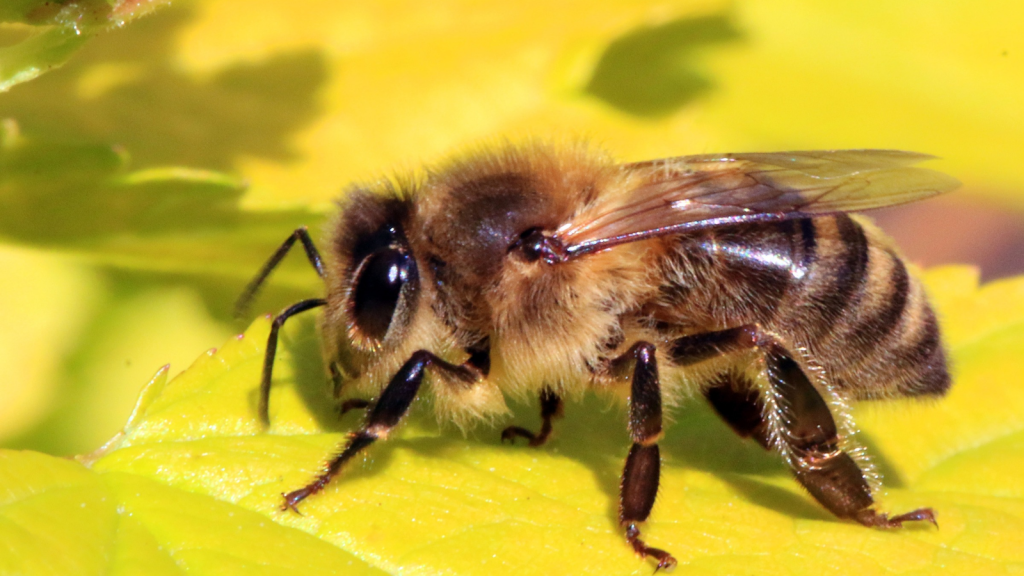
Honey bees are more than just busy little pollinators. These hard-working insects can carry up to 80% of their own body weight while flying. It’s like a person carrying a 10-year-old child while sprinting! Bees use this impressive strength to transport nectar and pollen back to their hives, often flying for miles with their heavy loads. To achieve this feat, bees have specialised structures called pollen baskets on their hind legs, which help them efficiently carry their precious cargo.
Leaf-Cutter Bee’s Impressive Snip
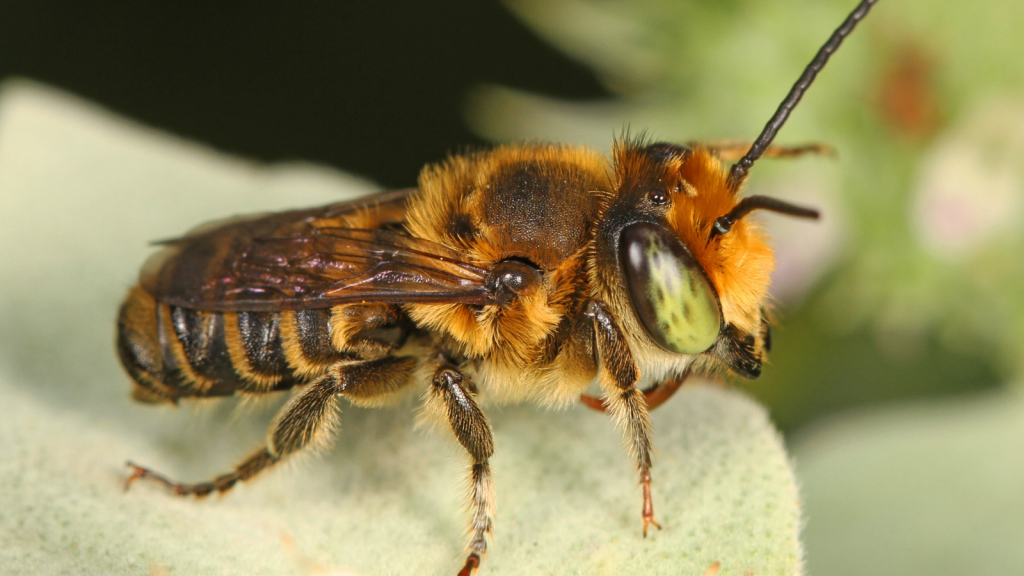
Leaf-cutter bees are nature’s expert gardeners. These solitary bees can cut and carry pieces of leaf that are 100% of their body weight. Imagine carrying a person your own size on your back! Leaf-cutter bees use these leaf pieces to build intricate nests for their young, showcasing both strength and craftsmanship. Their precise cutting skills are so impressive that the edges of the leaves they cut often appear as if they’ve been trimmed with scissors.
Asian Weaver Ant’s Collaborative Muscle
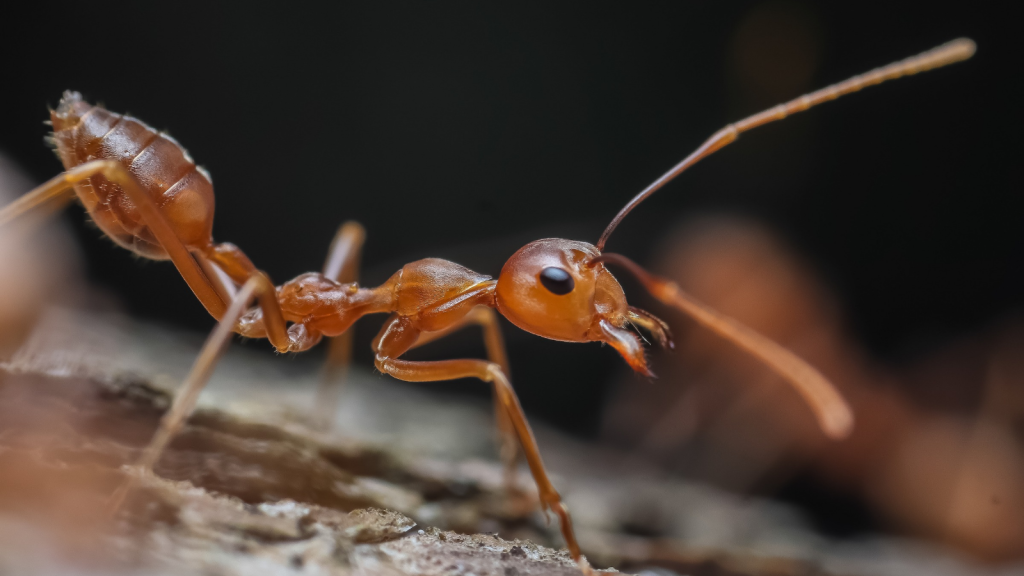
Asian weaver ants are the ultimate team players. Working together, these tiny ants can lift up to 100 times their own body weight. It’s like a group of people lifting a double-decker bus! These ants use their collective strength to build impressive nests high in the trees, pulling leaves together and holding them in place while others stitch them with silk. This remarkable teamwork allows them to construct nests that can house colonies of up to 500,000 individuals.
Flea’s Incredible Jump
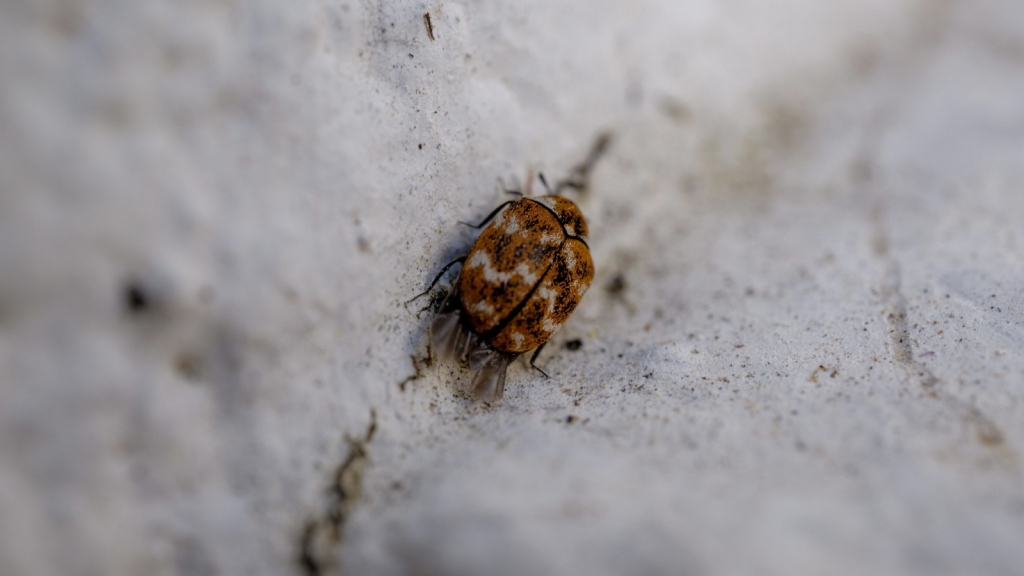
Fleas might be tiny, but they pack a powerful punch. These minuscule insects can jump up to 200 times their own body length. For a human, that would be like leaping over the Eiffel Tower in a single bound! Fleas achieve this incredible feat by storing energy in a protein called resilin, which acts like a super-powered spring. The flea’s jump is so explosive that it can accelerate faster than a space shuttle during launch, experiencing forces up to 100 times that of gravity.
Dracula Ant’s Lightning-Fast Snap
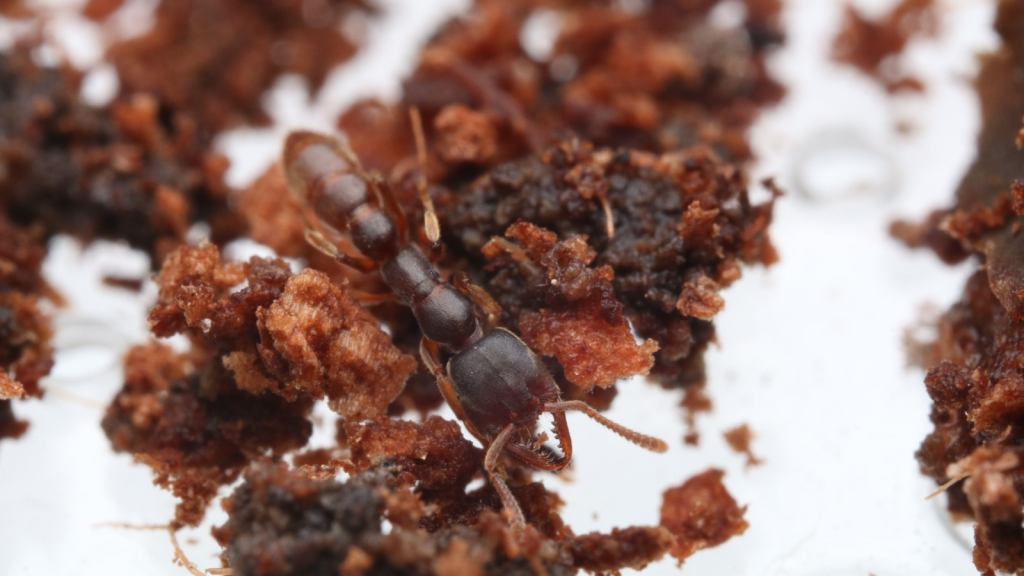
The Dracula ant might not lift heavy weights, but its jaws are the fastest-moving body parts in the animal kingdom. These ants can snap their mandibles at speeds of up to 200 mph – that’s faster than a Formula 1 car! This incredible speed generates a force 5,000 times the ant’s body weight, allowing it to stun prey and defend its colony with lightning-fast efficiency. The Dracula ant’s jaw snap is so powerful that it creates a shockwave that can knock out or kill its prey instantly.
Becky is a fervent wildlife enthusiast and pet care expert with a diploma in canine nutrition. Her love for animals stretches beyond the domestic, embracing the wild tapestry of global fauna. With over a decade of experience in animal welfare, Becky lends her expertise to OutlandishOwl through insightful articles, captivating wildlife information, and invaluable guidance on pet nutrition. Her work embodies a deep commitment to understanding the intricate lives of animals and a passion for educating others on sustaining natural habitats. Becky's hands-on conservation efforts and her knack for translating complex dietary science into practical pet feeding tips make her an indispensable voice for creatures great and small.




